On the outer limits of the Upper Geyser Basin sits a once majestic thermal pool: Morning Glory Pool.
It’s a long hike from the Old Faithful Inn to get to Morning Glory, even following the paved path past Castle Geyser. And today, it’s secluded, with a large observation platform wrapped around half of it, obscured by conifers.
Looking at the pool today (the picture above shows Morning Glory in March 2015) one would have to wonder what about Morning Glory—between its teal-green core and encroaching scab of yellow-brown—warranted such a picturesque name. Make no mistake of course: Morning Glory can still inspire wonder, for its still impressive size and its unreal hue. The history of Morning Glory Pool, however, amply explains the name in a way the current pool cannot.
According to Lee H. Whittlesey, writing in Yellowstone Place Names, Morning Glory got its name from Mrs. E.N. McGowan, the mother of Coda Finch, Old Faithful tent hotel manager, between 1883 and 1884. The name was also used on a Frank J. Haynes postcard. In the early days of the Park, Morning Glory was a frequent stop, awe-inspiring for its limpid blue waters. Whittlesey cites a description written by one Alice Rollins in 1887:
It is exquisitely named; for it is precisely like a morning glory flower. Its long and slender throat, like the tube of the blossom, reaching from unknown depths below, branches out in ever-widening snowy walls, forming at last a perfectly symmetrical and exquisite chalice, which is filled with water of the loveliest, clearest, robin’s egg blue (176 Whittlesey).
This sentiment was echoed in a (roughly) contemporaneous account from the 1899 Haynes Guide, with less lyricism but no less appreciation:
It is a silent pool some twenty feet in diameter, overflowing slightly at the west. The peculiar shape of its funnel-like crater, whose walls are delicately colored, together with the beautiful transparency of its waters, suggests its very appropriate name (72).
Through the years, Morning Glory Pool’s name held water. As late as 1953, it was still astounding visitors:
Between the road and the river is Morning Glory Pool, considered one of the most beautiful blue pools in the park. Its deep blue color is seen only when the blue sky is reflected in its transparent water. It is photographed most successfully at midday when its depths are lighted and the amount of steam rising is at a minimum (87).
The above passage is partly true and partly false. The sky’s reflection does contribute to the apparent blueness of any surface of water; indeed, hot springs, like other bodies of water, also scatter blue wavelengths in sunlight, which are then projected into the eye. But a hot spring is different from your local watering hole, and it all has to do with its thermal plumbing.
You’ll notice, with every hot spring you visit in Yellowstone, that they’re enclosed by large swaths of brown, orange, and yellow ground. That coloring comes from certain type of photosynthesizing bacteria sometimes referred to as thermophiles.
Although these bacteria love heat, they can only thrive in a certain spectrum. Indeed, some of these bacteria have a specialized niche of heat. In Yellowstone, as you get hotter, the color the bacteria produce/reflect changes, moving from red-orange to blue on the light spectrum. By the time you get to the center of a hot spring, if it’s especially hot, lots of bacteria cannot thrive, so you end up with remarkably clear water. You can see that blue in old postcards and photos going back as far as the 1960s, like the photo above.
Heat dictates the color of hot springs, for better or for worse. In the case of Morning Glory Pool, it’s for the worse.
When you visit the pool today, you’re greeted first by a large placard talking about the pool’s history in Yellowstone. Visitors, both early and as recently as the 1960s, filled the pool with detritus like coins, tissues, and other trash, which clotted up the vent that supplies Morning Glory with hot water. Earlier on, souvenir hunters chipped up the pool’s scalloped sinter fringe. In the 1950s, rangers began referring to Morning Glory Pool as “a garbage can” informally.
Morning Glory is hardly the first pool in Yellowstone history to suffer from such vandalism, but given what it was and what it became, Morning Glory’s plight is especially poignant. With water flow diminished, overall temperature decreased, which meant the center of Morning Glory was now prime real estate for thermophiles.
If the temperature decreases further, Morning Glory may grow over completely with bacteria and sinter.
Over the years, Morning Glory has been subject to clean up attempts, such as the 1975 attempt pictured above. But the pool, like its namesake, is a fragile creation of nature. In the same way you can’t put a flower back on a stem, you really can’t reverse a thermal feature’s decay. And rather than smash open the vent and risk Morning Glory’s complete disappearance, park officials and maintenance crews have decided to leave the pool as a monument to a certain tourist turpitude.
Has Morning Glory declined? Undoubtedly, unfortunately. It may never recover within our lifetime. Like its namesake flower, Morning Glory Pool has wilted.
 Yellowstone Insider Your Complete Guide to America's First National Park
Yellowstone Insider Your Complete Guide to America's First National Park
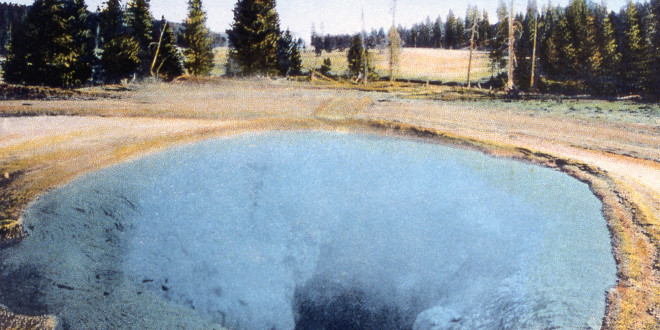
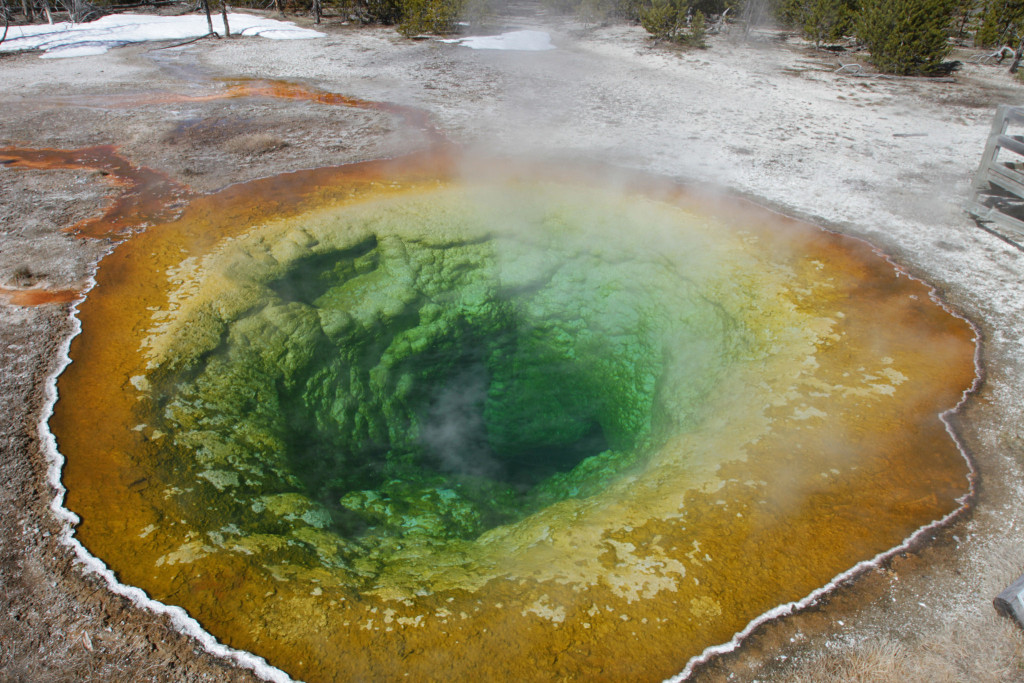
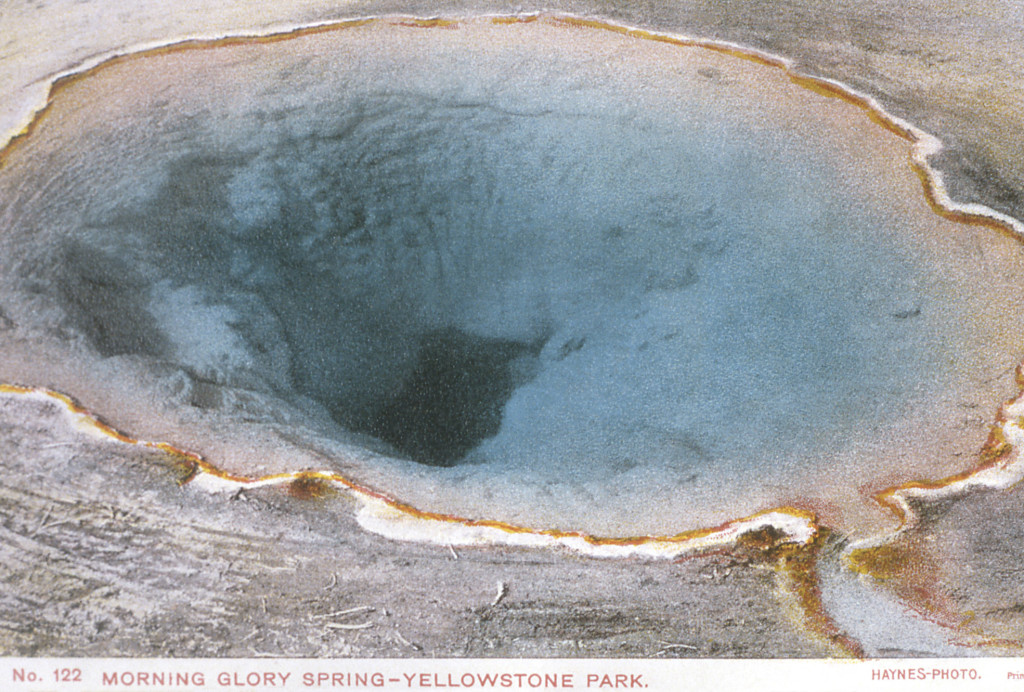
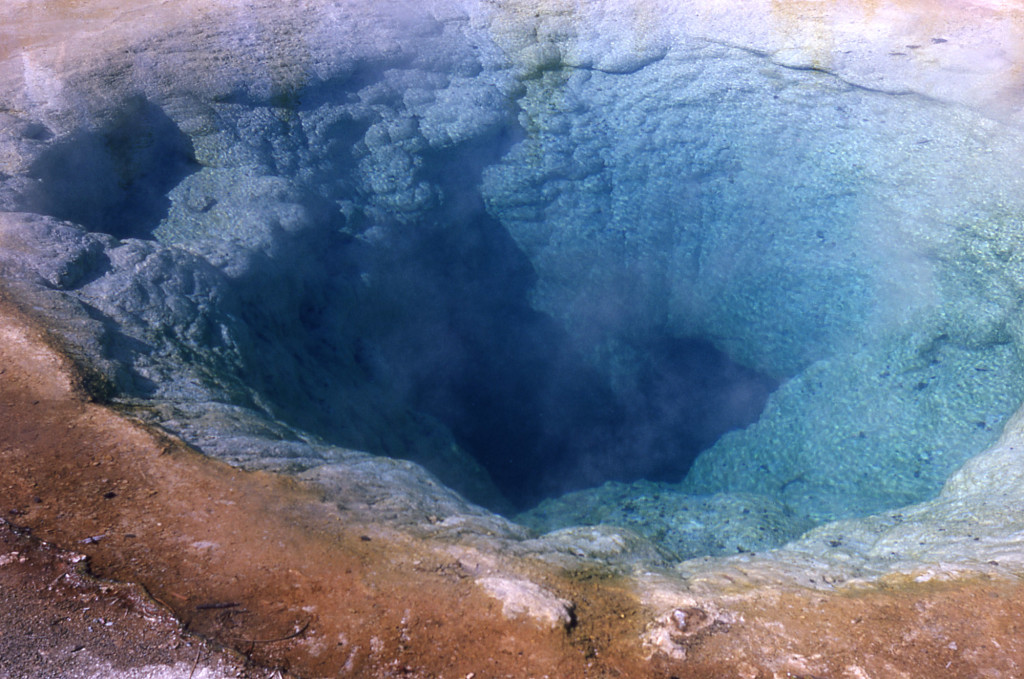
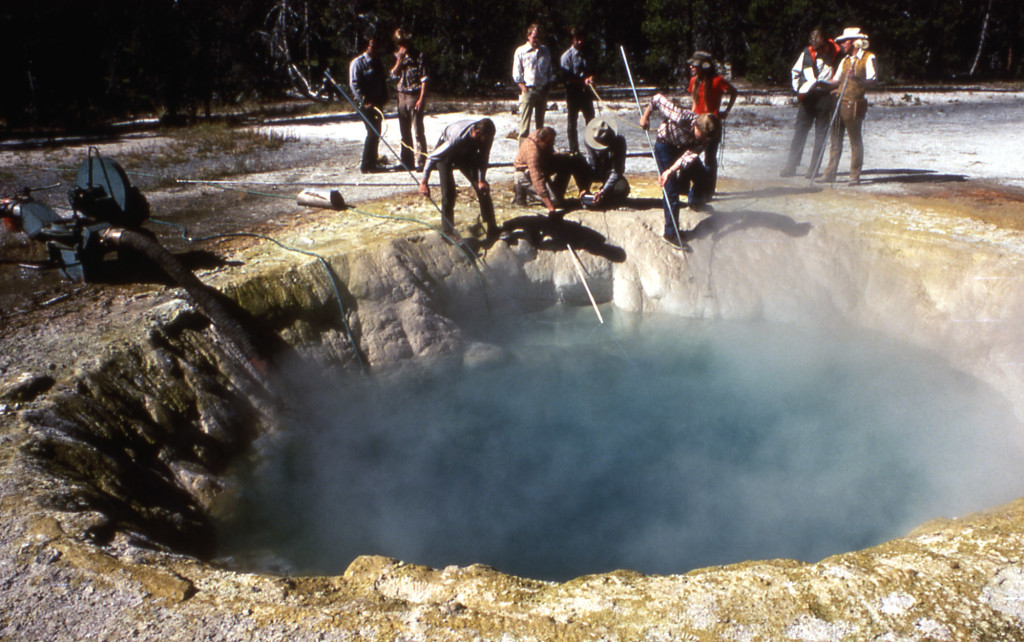

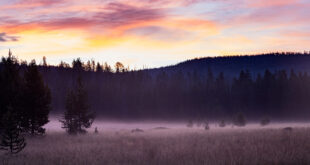
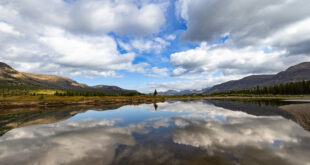
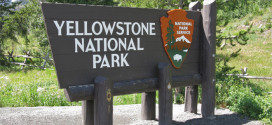
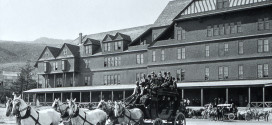
You must be logged in to post a comment.